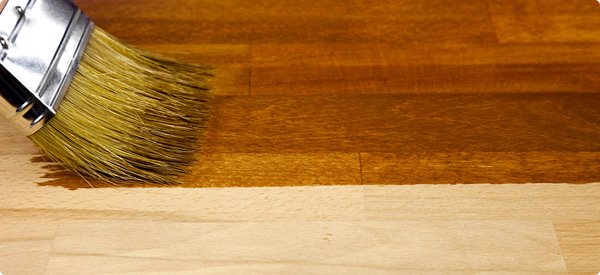How Color Affects Our Moods
Posted by Jenna Levy http://www.decibeldesigns.com on 2nd Jun 2015
I was deep in the creative process the other day, working on a new piece. I was really drawn to the stain of the wood, more so than I have been in a while. It got me thinking about the science of colors, and its connection to the way our minds and emotions work. Color theory is huge in consumer sciences. It translates to wall colors and food colors and apparel colors and most definitely the colors of the furnishings of your home.

Color is a powerful communication tool. Artists, scientists and interior designers have written a multitude of studies about what on earth it means. Right off the bat, your perception about certain colors, or being drawn to particular colors is most often rooted in personal experience or cultural connections. If you had a powder blue suit that you wore to church every Sunday as a young boy and you hated the ritual, you may not feel so partial to powder blue in your surroundings. Conversely, if your parents planted strawberries in your backyard and picking them always meant the first days of Summer, I'm willing to bet that that's a color that you're still fond of.
There were a few ancient cultures, like that of Egypt and China, which practice chromotherapy. Chromotherapy is the science of color. It's still prevalent today in holistic and alternative treatments.
Breaking it down-
- Red was used to stimulate the mind and body, as well as to increase circulation.
- Yellow stimulated the nerves and purified the body.
- Orange healed the lungs and was used to increase energy levels.
- Blue was believed to soothe illnesses and treat pain.
- Indigo shades were thought to alleviate skin problems.
Your color fun fact for the day- In 1666, English scientist Sir Isaac Newton discovered that when pure, unfiltered white light is passed through a prism, it separates into all of the possible visible colors. Newton also found that each color is made up of a single wavelength so it can't be separated any further into other colors.
Even though perceptions of color can be subjective, there are also certain categorizations that are accepted universally. Any color found in the red area of the color spectrum (orange, pink, yellow, red) evokes emotions from warmth and comfort to hostility and anger. On the other end you have your cool colors (green, blue, purple). These are associated with both calm and relaxation as well as sadness. Isn't it funny that colors can have both positive and negative effects?
Modern scientists do tend to show a bit of skepticism when it comes to the study of colors, but there have been some fun findings backed up by research.
- One study found that warm-colored placebo pills were reported as more effective than cool-colored placebo pills.
- Anecdotal evidence has inferred that installing blue-colored streetlights can lead to a reduction of crime in those areas, as opposed to yellow streetlights.
- The temperature of the environment you live in, may play a strong role in color preference. People who are warm tend to list cool colors as their favorites, while people who are cold prefer warmer colors.
- Studies have also shown that certain colors can have an impact on performance. Exposing students to the color red before a test has been shown to have a negative impact on test performance.
- One study that looked at historical data found that sports teams dressed in mostly black uniforms are more likely to receive penalties and that students were more likely to associate negative qualities with a player wearing a black uniform.
What's your favorite color, and what do you think it says about you?